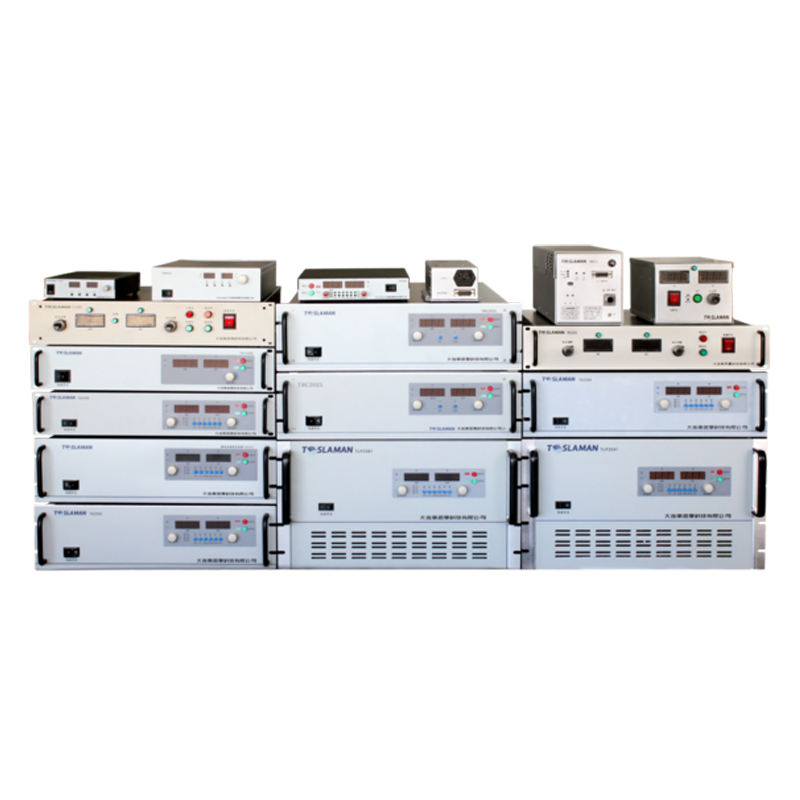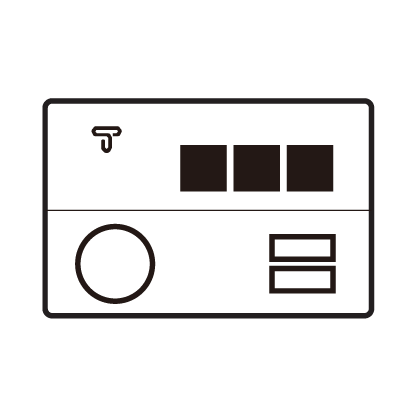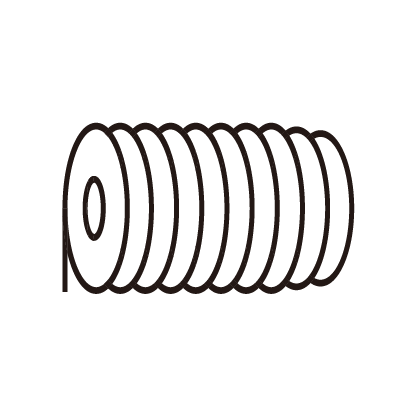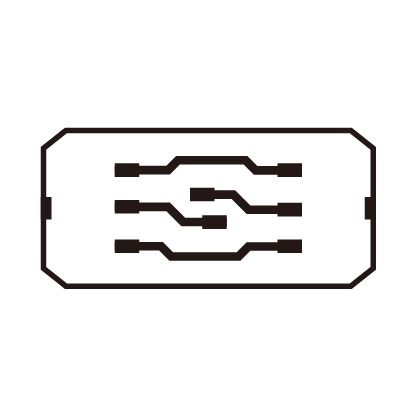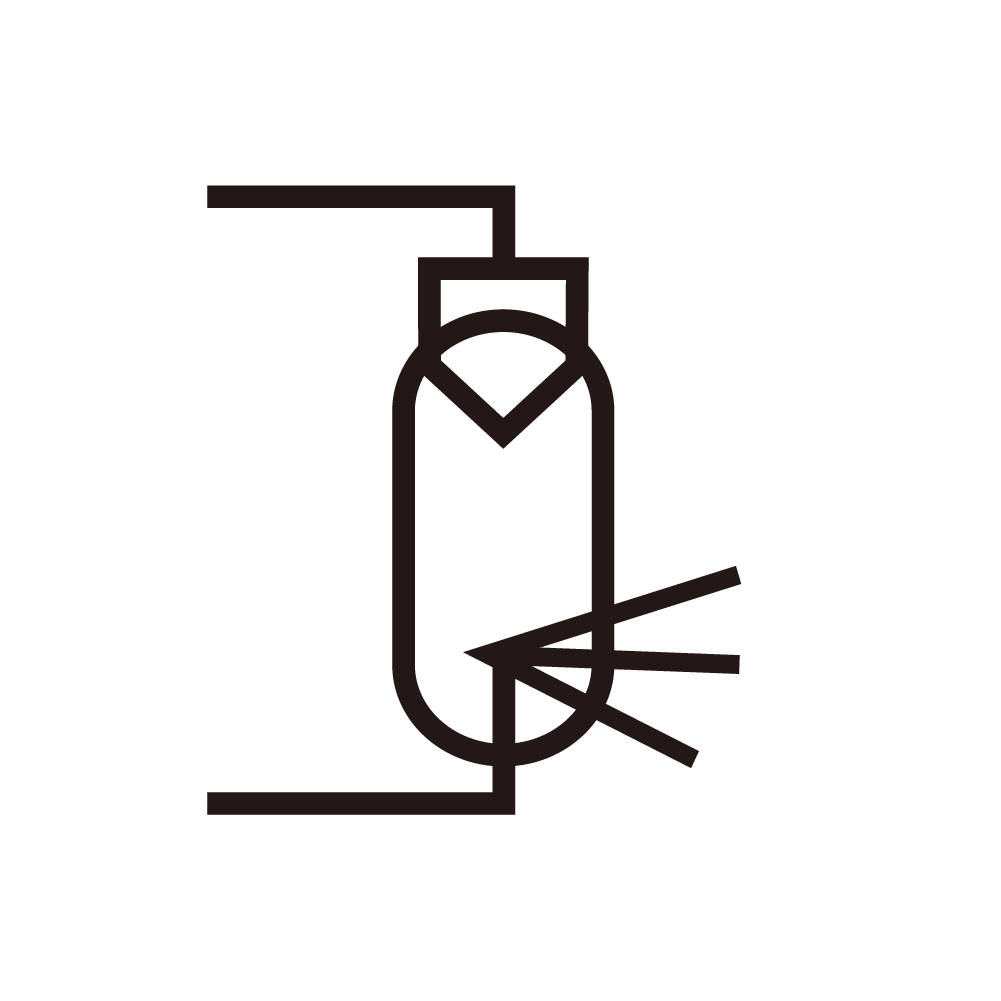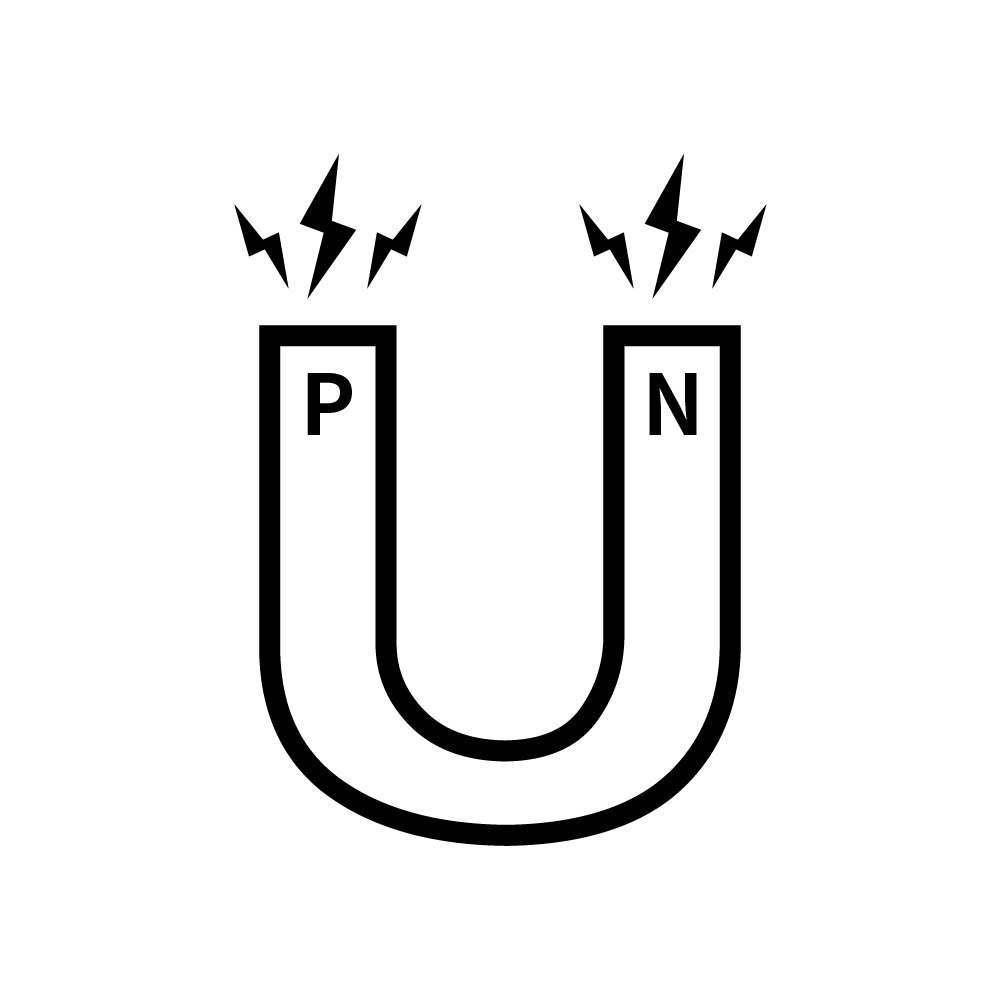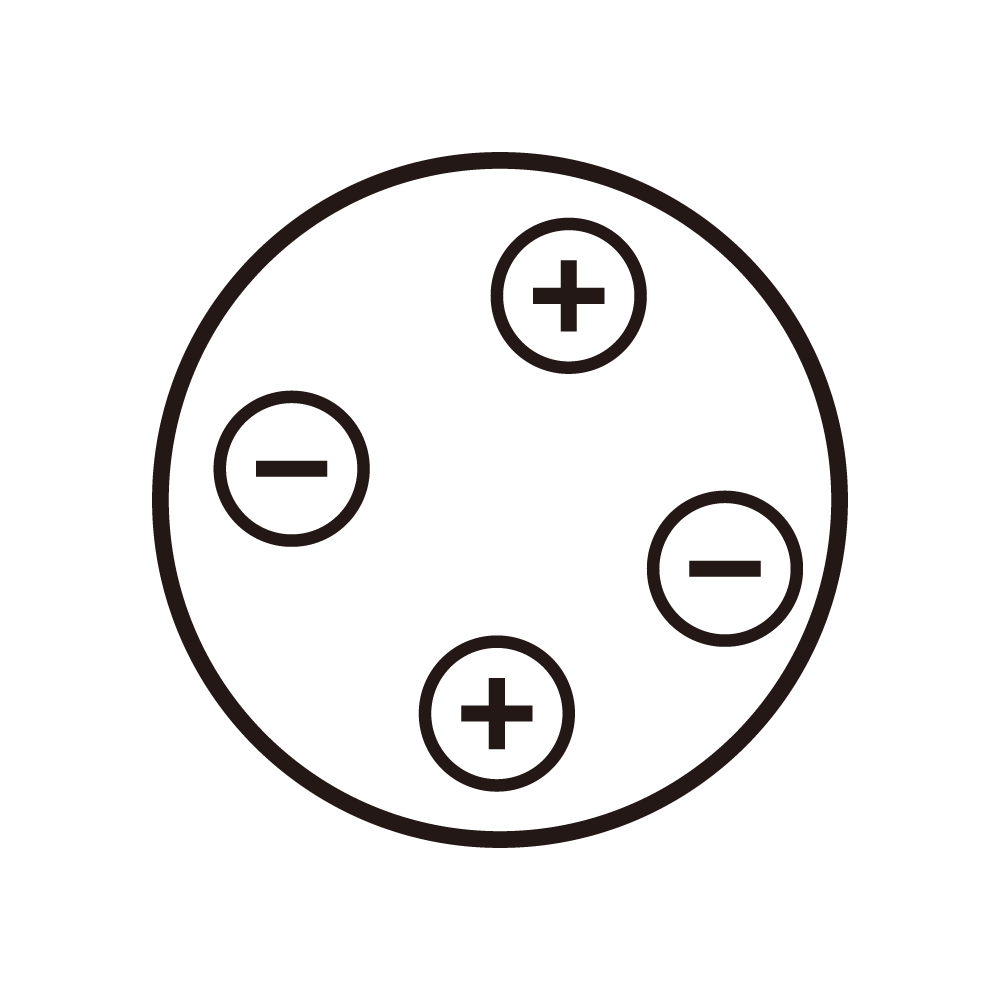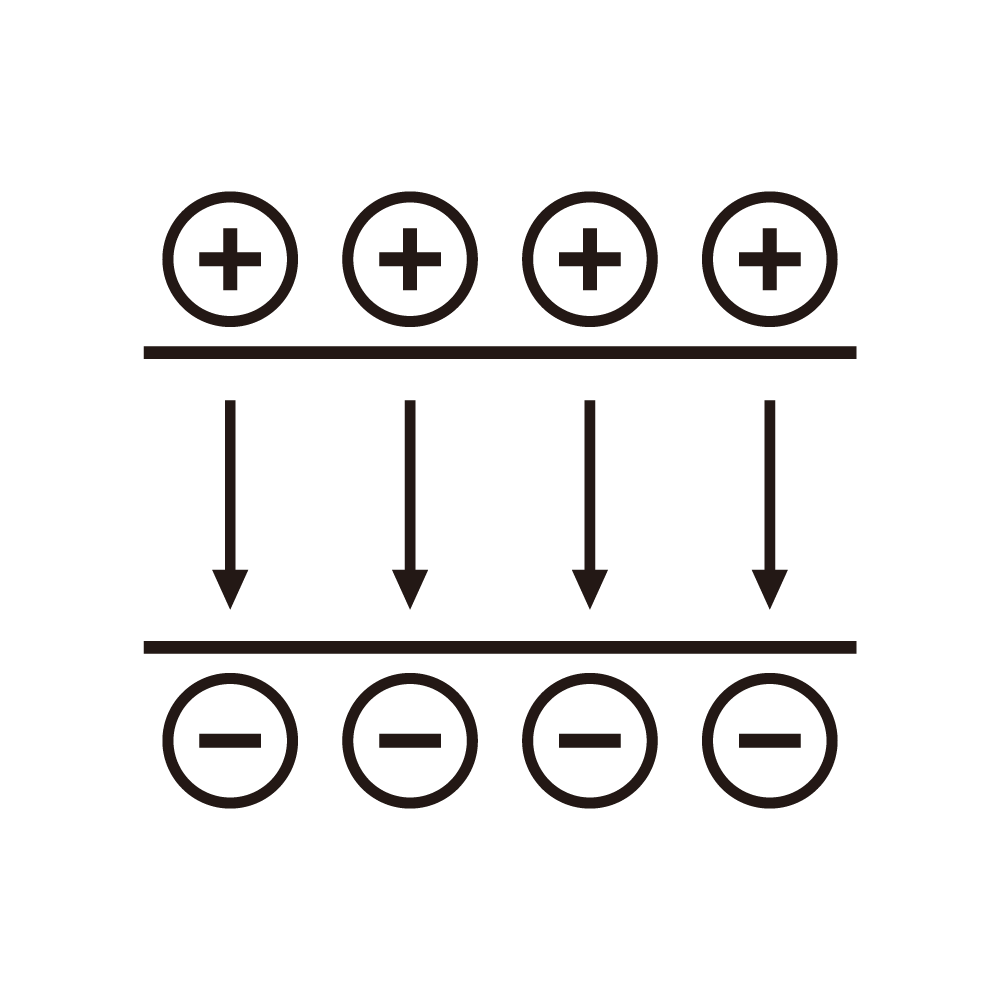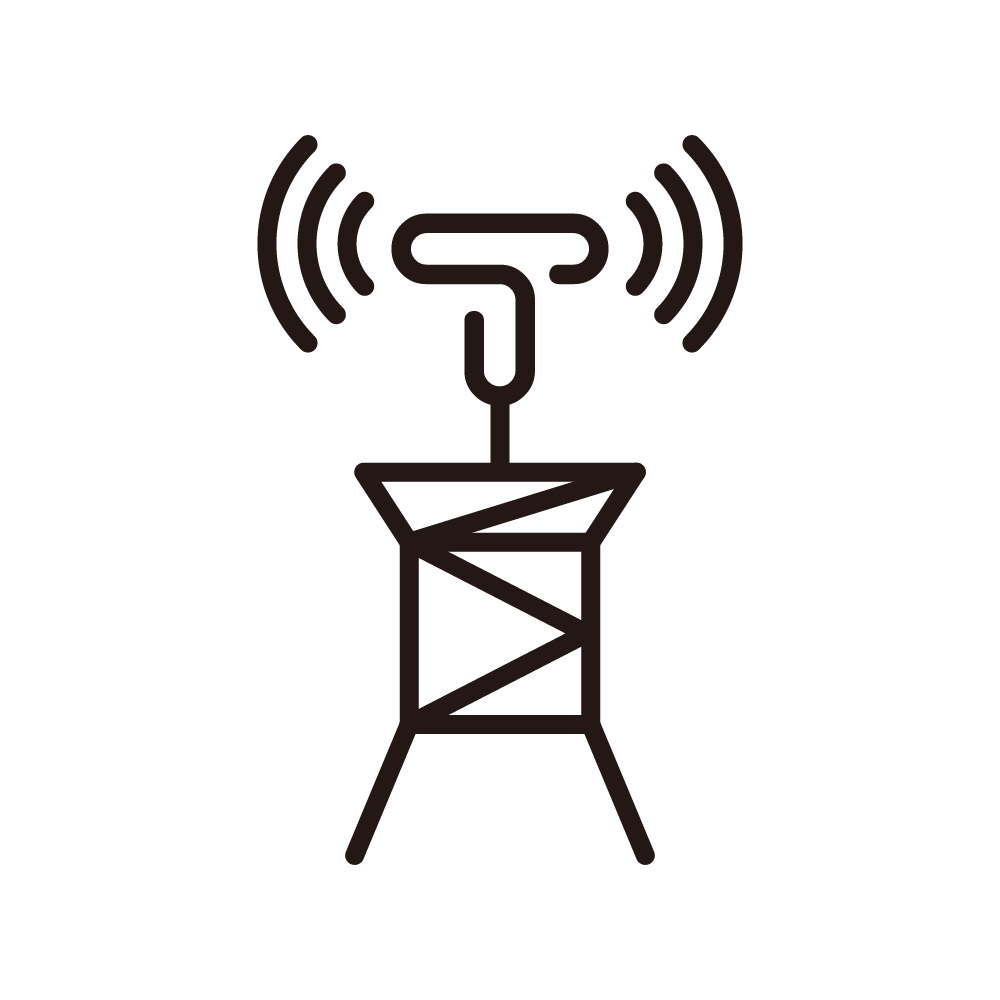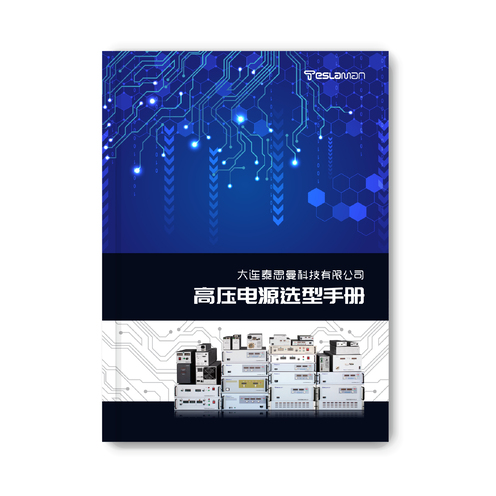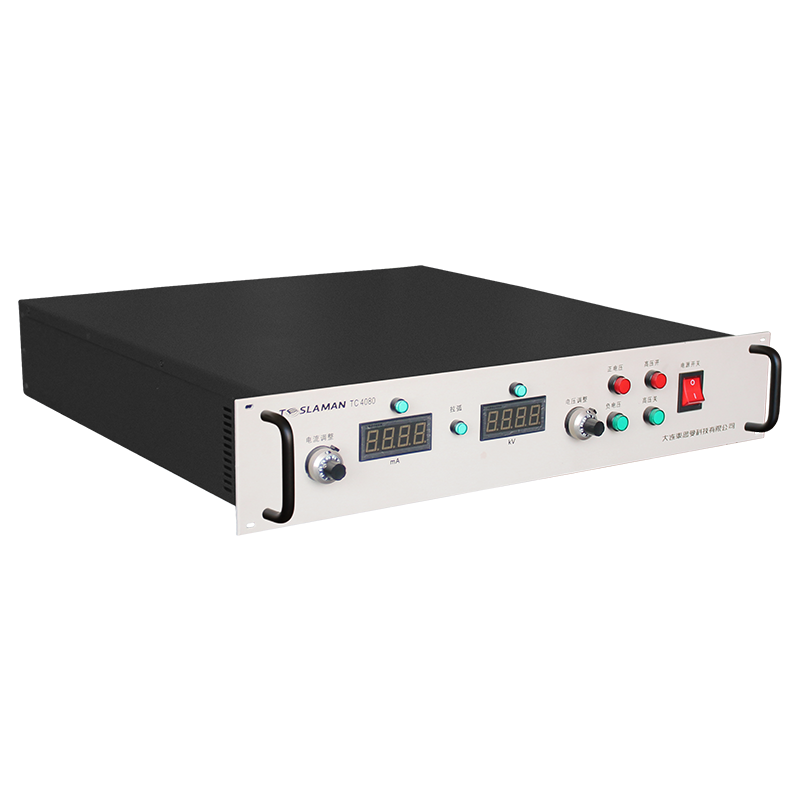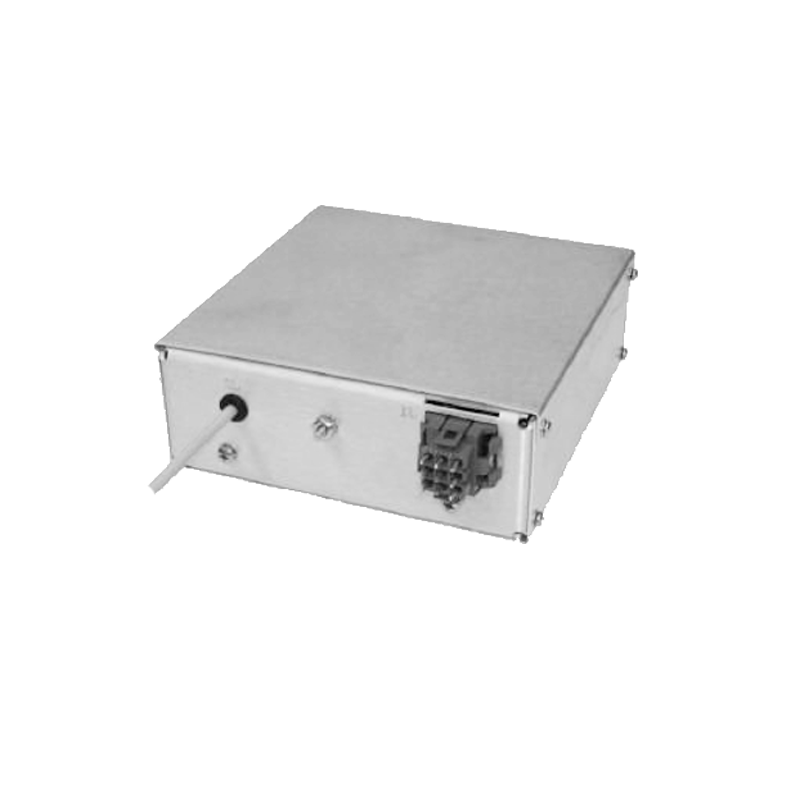Electrostatic Spray High Voltage Power Supply: Key Technical Points and Application Analysis
Electrostatic spraying technology has been widely adopted in industrial production due to its advantages of high efficiency, environmental friendliness, and excellent coating quality. As the core component of electrostatic spraying equipment, the performance of the high-voltage power supply directly affects the spraying effect and product quality. This article will delve into the technical points and applications of electrostatic spray high-voltage power supplies from a professional perspective.
I. Working Principle of Electrostatic Spray High-Voltage Power Supply
The working principle of an electrostatic spray high-voltage power supply is based on the electrostatic adsorption effect. The high-voltage power supply converts input industrial-frequency alternating current into high-frequency, high-voltage direct current, which is then transmitted to the spray gun electrode through a high-voltage cable, creating a high-voltage electrostatic field between the spray gun electrode and the grounded workpiece. The paint is atomized in the spray gun and charged, and under the influence of the electrostatic field, the charged paint particles are adsorbed onto the workpiece surface, forming a uniform coating.
II. Technical Points of Electrostatic Spray High-Voltage Power Supply
1. Output Voltage and Current: Output voltage and current are the most critical parameters of a high-voltage power supply, directly influencing the spraying effect. Excessively high output voltage can cause an orange peel effect on the coating surface, while insufficient voltage can lead to poor paint adhesion, affecting coating quality. Output current, on the other hand, impacts spraying efficiency. Higher current increases efficiency but also demands greater stability from the power supply.
2. Voltage Stability: Voltage stability refers to the ability of the high-voltage power supply to maintain a stable output voltage under varying loads. Poor voltage stability can result in uneven coating thickness, compromising product quality. Therefore, the high-voltage power supply must have excellent voltage regulation and load adaptability.
3. Ripple Coefficient: The ripple coefficient is the ratio of the alternating current component to the direct current component in the output voltage. A high ripple coefficient can cause a ripple effect on the coating surface, affecting its appearance. Thus, the high-voltage power supply must incorporate effective filtering measures to reduce the ripple coefficient.
4. Safety Protection Features: High-voltage power supplies generate high voltages during operation, posing potential safety risks. Therefore, they must be equipped with safety protection features such as overvoltage, overcurrent, and short-circuit protection to ensure the safety of both equipment and personnel.
5. Environmental Adaptability: Electrostatic spraying equipment often operates in harsh industrial environments. As such, the high-voltage power supply must demonstrate strong environmental adaptability, resisting factors such as high temperatures, humidity, and dust.
III. Applications of Electrostatic Spray High-Voltage Power Supply
Electrostatic spray high-voltage power supplies are widely used in surface coating processes across industries such as automotive, home appliances, furniture, and building materials. Examples include:
Automotive Industry: Used for coating car bodies, wheels, bumpers, and other components.
Home Appliance Industry: Applied to coating products like refrigerators, washing machines, and air conditioners.
Furniture Industry: Utilized for coating wooden and metal furniture.
Building Materials Industry: Employed for coating aluminum profiles, steel structures, and other building materials.
IV. Development Trends of Electrostatic Spray High-Voltage Power Supplies
With the continuous advancement of industrial technology, electrostatic spray high-voltage power supplies are also evolving. Future development trends are mainly reflected in the following aspects:
1. High-Frequency Conversion: High-frequency conversion can effectively reduce the size and weight of high-voltage power supplies while improving efficiency.
2. Digitalization: Digitalization enables precise control and intelligent management of high-voltage power supplies, enhancing spraying quality and efficiency.
3. Energy Efficiency and Environmental Protection: Energy efficiency and environmental protection are key themes in future industrial development. High-voltage power supplies must adopt more energy-efficient and environmentally friendly technologies to reduce energy consumption and pollution.
V. Conclusion
The electrostatic spray high-voltage power supply is the core component of electrostatic spraying equipment, and its performance directly affects the spraying effect and product quality. When selecting and using a high-voltage power supply, it is essential to consider factors such as output voltage, current, stability, ripple coefficient, and safety protection features based on specific application scenarios and process requirements. Proper operation and maintenance in accordance with guidelines are crucial to ensure the normal operation of the equipment and the quality of the coating.
